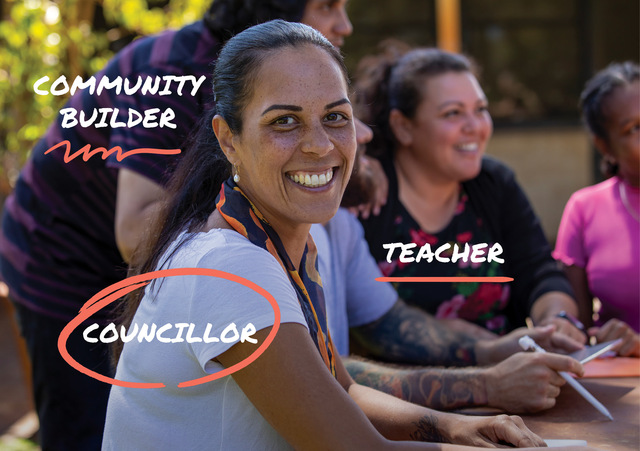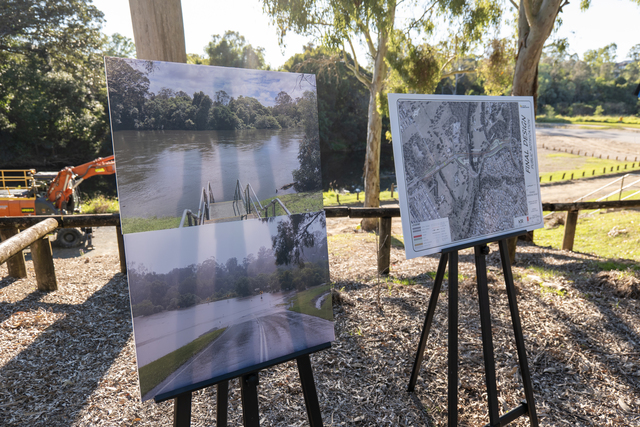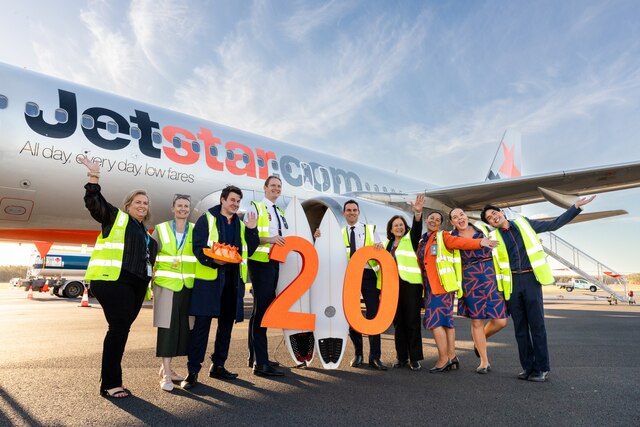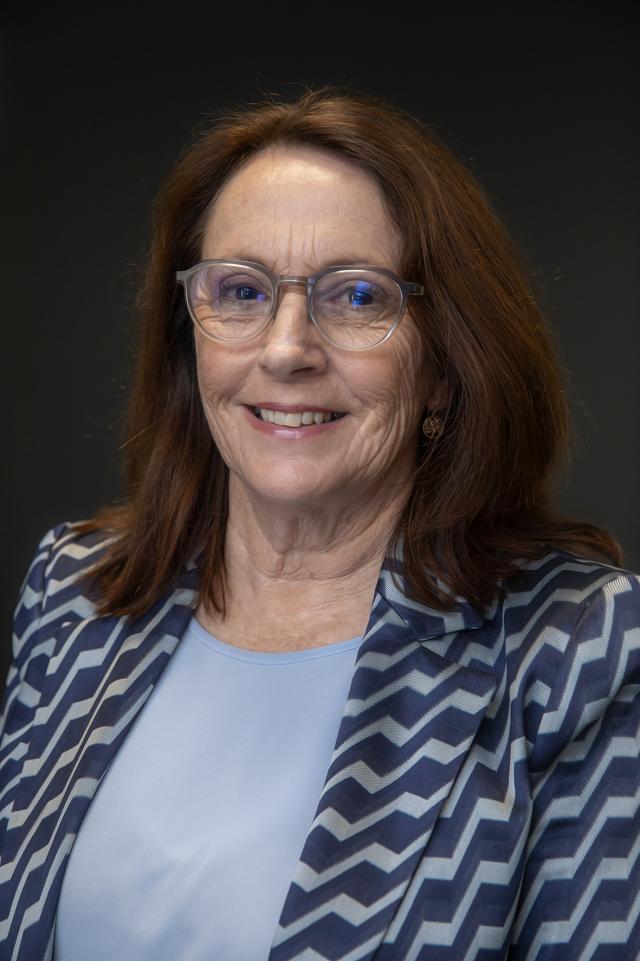Some 430 delegates from Councils around the nation met recently in Launceston for the 6th National Local Roads Congress.
First staged in Moree in 2000, the Roads Congresses have focused attention on the growing gap between the amount of money Councils have to maintain roads compared to what is actually required to reverse their steady decline.
Ongoing lobbying by the Australian Local Government Association (ALGA) for additional roads funding led to the Australian Government’s Roads to Recovery program.
“This has resulted in an additional $1.2 billion of Federal funding to Local Government over the past four years and a further $1.2 billion for the next four years,” said ALGA President, Councillor Paul Bell. “Work on roads, bridges and intersections from city centres to remote communities in over 14,000 projects is an outstanding example of an effective Commonwealth/Local Government partnership.”
He said that credit must be paid to the former Deputy Prime Minister and Transport Minister, John Anderson, for this program.
“John Anderson listened, he understood and he delivered,” Paul Bell said.
With around 85 per cent of the nation’s road network, and only one third of this being sealed, Local Government road spend consumes a large chunk of Council expenditure – between 20 and 25 per cent on average. Yet in spite of the Roads to Recovery funding, the ALGA estimates that each year there is a shortfall of some $344 million compared to what is needed to maintain our local road network.
“In effect Roads to Recovery is only slowing the decline of local roads,” Paul Bell said. Councillor Bell called for three things – fair funding, fair treatment and formal recognition. “Fair funding means a minimum one per cent share of national tax revenue, fair treatment though an intergovernmental agreement (IGA) to end cost shifting and constitutional recognition so Local Government is an equal and valued partner within the Australian Federation,” he said.
He said the major transport issue impacting on urban centres is traffic congestion resulting in pollution, noise and delays. Alternatives to car usage and sustainable transport must be promoted through cycling, walking, improved public transport and ride sharing.
In regional areas, as well as maintaining the local road network, regional aviation is of vital importance. Local Government currently operates 200 regional airports. The need for regular, accessible and affordable services is vital for regional and rural centres.
“Country communities with air services show economic growth nearly twice that of areas without these services,” Paul Bell said.
He said Local Government must also have access to cost recovery revenue to fix the damage caused by heavy vehicles to local roads. With GPS technology, vehicle type and use can now be factored in.
In one of his last speeches before retiring Deputy Prime Minister, John Anderson, told delegates he believed we will need at least three Roads to Recovery programs “to get local roads back on track.”
Flagging the likelihood that Roads to Recovery will be extended beyond the second phase, which commenced this month, was welcomed by delegates and the ALGA.








